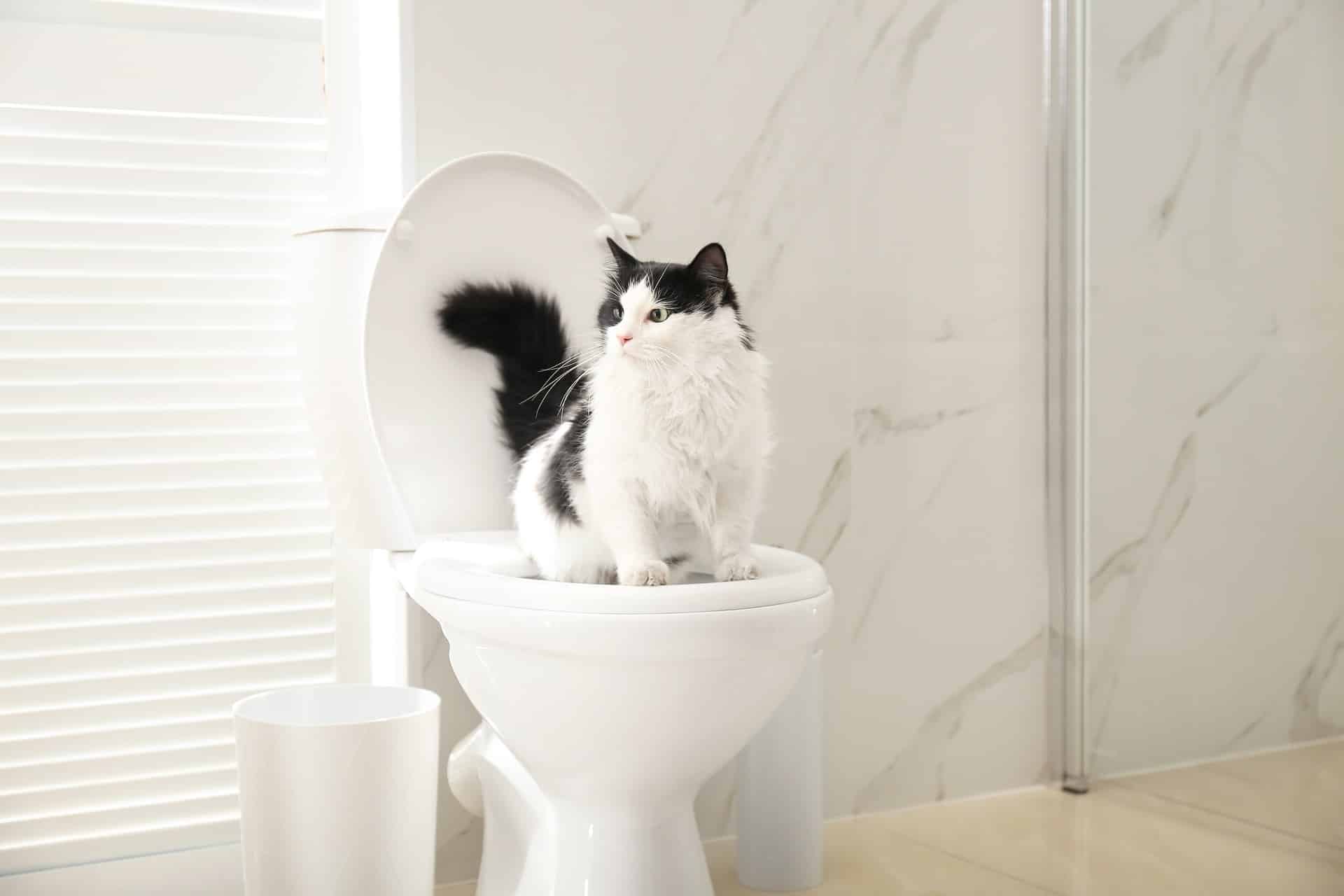Uncovering the Dangers of Flushing Animal Waste Down the Toilet
Uncovering the Dangers of Flushing Animal Waste Down the Toilet
Blog Article
What are your insights and beliefs on 4 Reasons Why Dog Poop Cleanup is Important?

When it concerns taking care of waste, specifically animal waste, lots of people frequently turn to the hassle-free choice of flushing it down the toilet. Nonetheless, this relatively very easy option can have serious consequences for the setting and public health. In this write-up, we'll explore why flushing pet waste down the toilet is a poor idea and offer alternative approaches for correct disposal.
Introduction
Proper waste disposal is critical for maintaining environmental sustainability and public health. While it may seem safe to purge animal waste down the commode, it can bring about numerous concerns, both for the atmosphere and human wellness.
Risks of flushing animal waste
Ecological effect
Flushing animal waste presents hazardous bacteria and virus into waterways, which can adversely influence aquatic communities. These virus can pollute water sources and damage aquatic life, interrupting fragile environments.
Public health concerns
Pet waste contains dangerous bacteria such as E. coli and Salmonella, which can posture significant health and wellness risks to human beings. Flushing animal waste down the commode can contaminate water materials, bring about the spread of diseases and infections.
Alternatives to flushing
Rather than purging animal waste down the commode, there are a number of alternative disposal techniques that are much more eco-friendly and hygienic.
Composting
Composting pet waste is an environmentally friendly method to take care of it. By composting, organic matter is broken down right into nutrient-rich soil, which can be utilized to feed gardens and plants.
Garbage dump disposal
Throwing away pet waste in a landfill is one more choice. While not as eco-friendly as composting, it is a more secure alternative to flushing, as it prevents the contamination of water sources.
Animal garbage disposal systems
There are specific family pet waste disposal systems available that safely and hygienically deal with pet waste. These systems often use enzymes to break down waste and eliminate smells.
Actions to appropriate animal waste disposal
To ensure proper disposal of pet waste, follow these actions:
Scooping and getting waste
Regularly scoop and bag pet waste utilizing biodegradable bags. This protects against waste website from contaminating the atmosphere.
Making use of designated waste containers
Dispose of bagged pet waste in designated waste containers, such as garden compost containers or landfill bins. Prevent flushing it down the bathroom in all prices.
Cleaning litter boxes and animal areas on a regular basis
Consistently tidy can and pet dog locations to stop the build-up of waste and microorganisms. Usage pet-safe cleaning products to maintain hygiene.
Advantages of correct disposal techniques
Embracing correct disposal techniques for animal waste offers numerous advantages:
Decreased environmental pollution
Proper disposal approaches minimize the risk of environmental pollution, protecting rivers and environments from contamination
Minimized risk of water contamination.
By staying clear of flushing animal waste down the commode, the risk of water contamination is dramatically decreased, safeguarding public health.
Enhanced hygiene and hygiene
Appropriate disposal methods promote better cleanliness and health, developing a safer atmosphere for both human beings and animals.
Conclusion
To conclude, flushing pet waste down the toilet is dangerous to the atmosphere and public health. By embracing alternative disposal approaches and following proper waste management methods, we can lessen the negative effect of pet waste and add to a cleaner, healthier earth.
What To Do With Dog Poo – The Do's And Don'ts Of Disposing Of Faeces
Dog poo bins
Some councils provide dedicated dog waste bins in popular dog-walking areas that can take dog poo that has been bagged but you can legally dispose of dog waste in any public litter bin, as long as it is securely bagged. This also applies to your wheelie bin at home.
Do not flush
Water companies do not recommend flushing dog faeces down the toilet because certain parasites can survive the water processing treatment and are potentially harmful to humans. You should also never consider flushing dog poo that has been bagged down the toilet as the bags will not break down and instead create severe blockages in the sewage system.
In the woods
The Forestry Commission promotes a ‘stick and flick’ method for dealing with waste in the woods. This means finding a stick and using it to flick any poo from off the path so that it is out of the way of other walkers. You could also bury it as long as it is not in an area where there might be livestock.
Livestock
Parasites found in dog poo can be transmitted to livestock if they inadvertently eat infected faeces that has been left on grazing land. This could result in the death of sheep or abortion in cattle so you should always make sure you pick up your dog’s waste in fields where livestock could be present.

I'm just very fascinated by Why you should never flush dog poop down the toilet and I'm hoping you enjoyed reading the new article. Appreciated our write up? Please share it. Help somebody else locate it. Many thanks for taking the time to read it.
Call Report this page